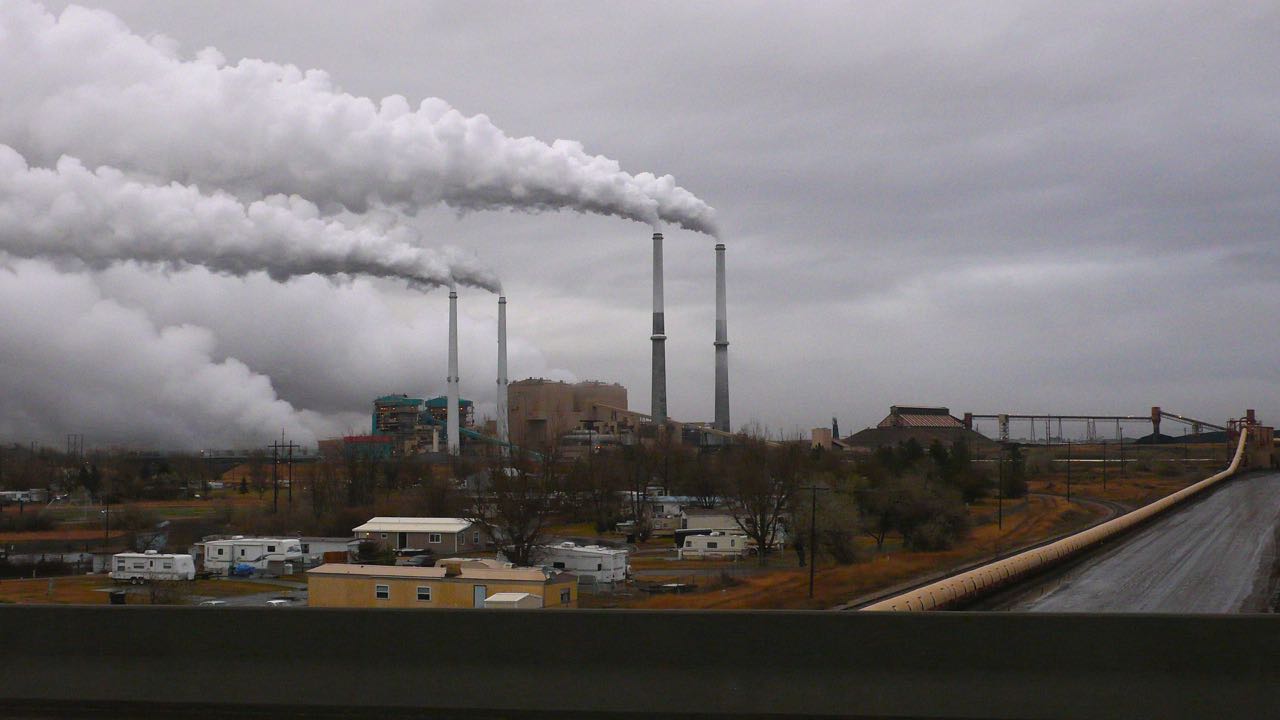The more I think about it, the harder I find it to compare the Paris Climate Agreement with any other historic event, at least in recent history. For my daughter’s generation, this could very well be an alpha-omega moment, the end of a terrible threat and the beginning of a well-founded hope.
Paris has renewed its title as the City of Lights, and now the Eiffel Tower looks like a lighthouse showing us the way forward to a more optimistic future, regardless of the enormous task still ahead of us.
Let’s rejoice, but let’s also focus our attention on an aspect of the climate crisis that we have heard little about in these historic days: the devastating effects of fossil fuel pollution on humanity. This is a poison that undermines the health of millions of people around the world.
According to a World Health Organization study, each year some 3.3 million people die globally because of air pollution, “more than HIV, malaria and influenza combined.” The report, however, excludes enormous regions of the planet in its analysis, leaving the terrifying question of whether this number should be much higher.
In Northern China, where its heavy industry is concentrated, air pollution, overwhelmingly originated by burning coal, reduces the life expectancy of its 500 million inhabitants by 5.5 years, a total of 2.5 billion lost years.
Of course, the situation here in the US, thanks to environmental safeguards, is much less dramatic. On the other hand, a recent study revealed that for a specific group of Latinos, air pollution is particularly grave.
“Economically disadvantaged immigrant neighborhoods of non-English speaking Latinos are more likely to be exposed to cancer-causing air toxics than comparable communities of any other racial group in the United States,” says the Washington State University study.
“Hazardous air pollutants can cause cancer or other serious reproductive and birth defects,” it adds. “Most originate from automobiles and industrial sources like factories, refineries and power plants.”
Study author Dr. Raoul Liévanos put together a map revealing the country’s most polluted spots —the majority of which are found in the Northeast and California— which all too often coincide with the locations of these Latino barrios.
The study underlines once again the consequences of the development of segregated communities in the 1930’s, ‘40’s and ‘50’s. Back then, industries and other polluting sites where built close to communities of non-white, low-income immigrants.
Today, this is known as environmental injustices, and Latinos, immigrants and non-immigrants alike, suffer these injustices in disproportionate ways. According to a national Sierra Club survey, 43 percent of us live, work or study dangerously close to a toxic site —a coal plant, a refinery, a freeway.
Dr. Liévanos hopes that his study will help urban planners to place polluting sites far from vulnerable populations. Also, he recommends, as an urgent preventive measure, the establishment of alert systems that inform the public about dangerous pollution, both in English and Spanish.
The most effective solution to this social disgrace, however, is what the world’s scientists are urging us to do: leaving at least 2/3 of the world’s known fossil fuel reserves in the ground.
This will allow us both to avoid the worst consequences of the climate crisis in the future and save the lives of millions of people today.
